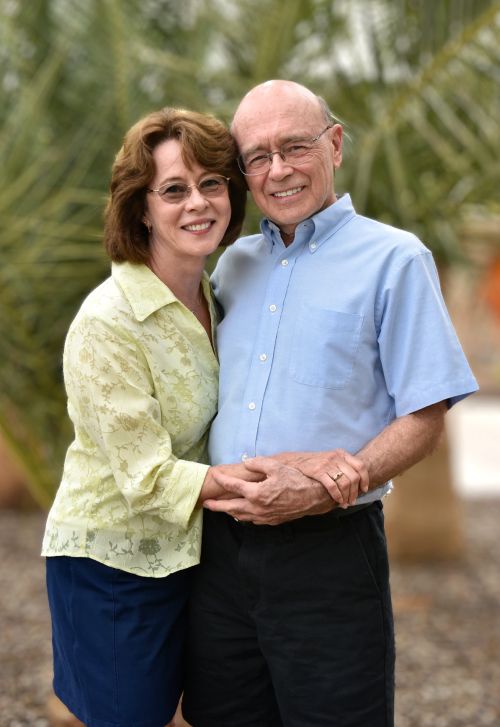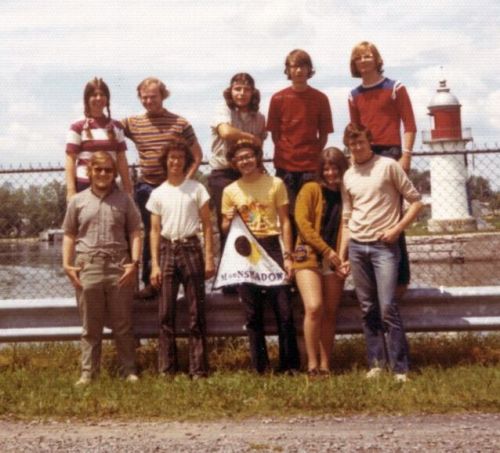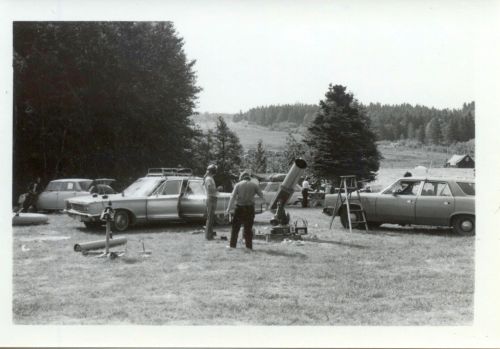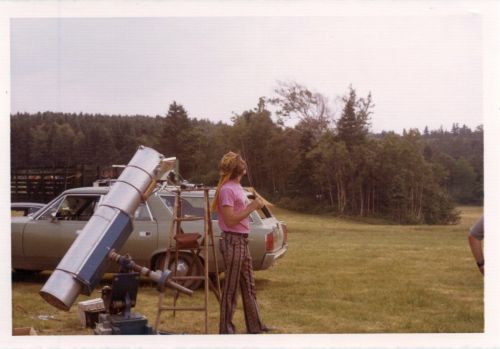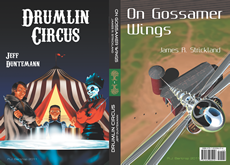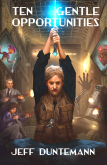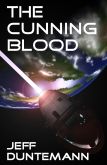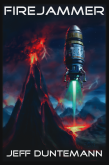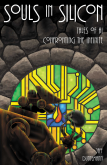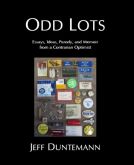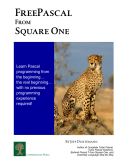As most of you know, I’m grinding along on the fourth edition of my book Assembly Language Step By Step, updated to cover x64. I’m using the SASM IDE for the example code because it provides seamless visual debugging using a front-end to gdb. Back in 2009 I created the third edition, and incorporated the Insight debugger front end for visual debugging. A month or so after the book appeared, Insight vanished from the Linux world. I tried a lot of debuggers and editors before I discovered SASM. It’s treated me very well.
Until today.
Now, I’ve been programming since 1970, in a lot of languages, on a lot of platforms, and I’ve made a lot of mistakes. Finding those mistakes is what debugging is about. Today, I was working on a short example program for the book. When I finished it, I clicked the Build button. It built as it should. I needed to single-step it to verify something about local labels, but when I clicked the debug button, SASM crashed. As Shakespeare would have put it, SASM died and gave no sign. The whole IDE just vanished. I tried it again. Same thing. I rebooted Linux. Same thing.
Puzzled doesn’t quite capture it. I loaded another example program from the book. It built and debugged without any trouble. I loaded example after example, and they all worked perfectly. Then I copied the source from the malfunctioning example into a file called crashtest.asm, and began cutting things out of it. I got it down to a start label and a SYSCALL to the exit function. Still blew SASM away.
Most of what was left was comments. I did a ctrl-X to cut the comment header onto the clipboard. Save, build, debug–and it worked perfectly.No crash, no errors, no problemo.
Soooooooo…….something in a comment header crashed the IDE? That would be a new one. So I dropped the comment header back into the file from the clipboard and started cutting out lines, one by one. I narrowed it down to one comment line, properly begun with a semicolon and containing no weird characters. The line that crashed SASM was this:
; .bss sections.
I cut out the spaces and the period. No change. I cut out “.bss”. No change. I was left with the word “sections.” On a hunch, I lopped off the “s”. No change. Then I lopped off the “n”. Suddenly, it all worked.
SASM was crashing on a comment containing the word “section.” I verified by deleting the line entirely and typing it in again. Crash!
I stared at the damned thing for a long time. I loaded a couple of my other examples, and dropped the offending comment header into them. No problems. Twenty minutes later, I noticed something: In crashtest.asm, the fragment of comment header text was below the three section markers:
section.bss
section.data
section.text
; section
Now, in my other examples, the ones that didn’t crash, the comment header was above the three section markers. So I went back to crashtest.asm, and moved the comment header to the very beginning of the file, above the section markers. Suddenly everything worked. No crashes.
WTF? I assembled the offending crashtest binary from the command line without trouble. I loaded it into gdb from the command line and messed with it. No trouble.
I wrote this entry not for answers so much as to provide a report that other SASM users can find in search engines. There are things about SASM that aren’t ideal. Sure. But I’ve never seen it crash before. I’ll see if I can send the crashtest.asm to the people who created SASM. I’m sure it’s just a bug. But it’s the weirdest damfool bug I’ve uncovered in a whole lot of years!

